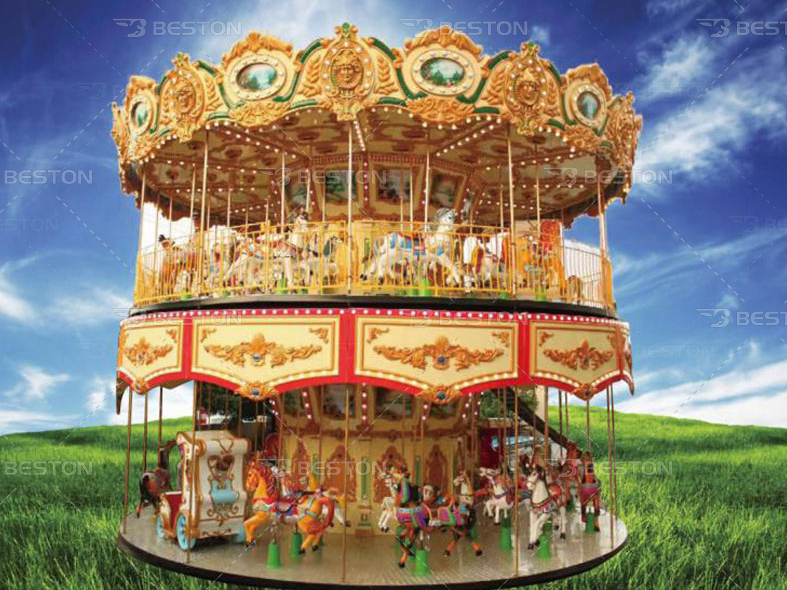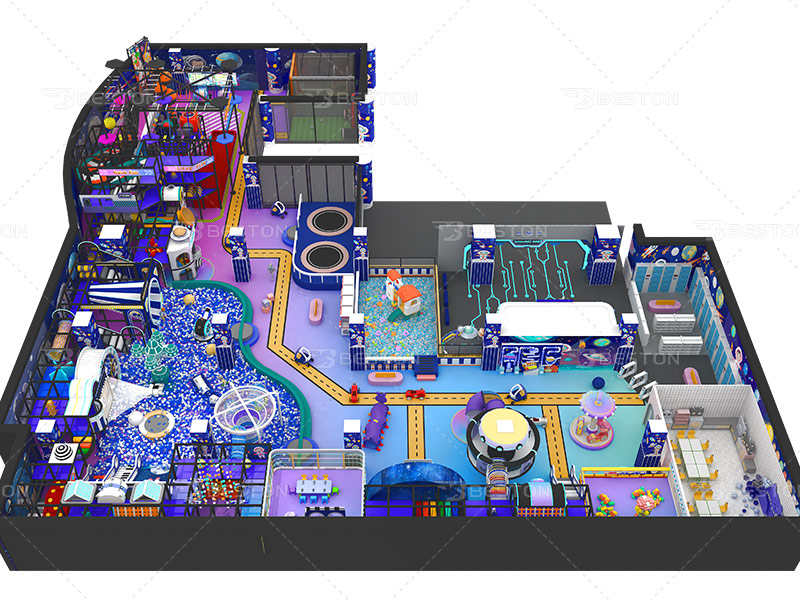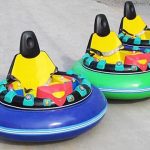Essential Steps for Installing Amusement Rides: Safety and Entertainment Combined
Amusement parks, fairgrounds, and indoor play areas rely on well-installed rides and attractions to ensure both fun and safety for their visitors. Proper installation is critical, not only for compliance with safety standards but also for optimizing the overall guest experience. This article explores the key steps in installing amusement rides, from preparation to operational excellence.
Choosing a Reliable Amusement Ride Supplier
The process begins with selecting a trusted amusement ride supplier. A reputable supplier provides high-quality equipment, comprehensive technical support, and ensures compliance with international safety standards. Working with an experienced supplier minimizes risks and facilitates smooth project execution.
For example, during ferris wheel building, precision engineering and thorough planning are paramount. A reliable supplier ensures that every component—from the towering frame to the gondola mechanisms—is designed to handle dynamic loads and weather conditions. Collaboration with such experts lays the foundation for a successful installation.
Site Preparation and Initial Setup
Before construction begins, the installation site must be carefully evaluated. Factors such as ground stability, available space, and accessibility are analyzed to determine suitability for the ride. For large attractions like a fairground carousel, the ground must be leveled and reinforced to support the structure’s weight and rotational forces.
Foundations are then laid according to precise specifications. These serve as the anchor for the ride, ensuring stability during operation. Utilities, including electrical and hydraulic connections, are also prepared at this stage to accommodate the ride’s power and operational requirements.

Assembling Complex Structures
The assembly process varies depending on the type of attraction. Large rides such as Ferris wheels and carousels are assembled in segments, often requiring cranes and other heavy equipment. Smaller installations, like indoor playground structures, are modular and can be assembled on-site with less extensive tools.
During assembly, strict adherence to manufacturer guidelines is critical. Bolts are tightened to specified torque levels, components are aligned for seamless operation, and all moving parts are lubricated to reduce wear. Technicians also test individual sections of the ride to ensure proper alignment and functionality before final integration.

Safety Inspections and Certification
Training Operators and Staff
The safe and efficient operation of amusement rides depends on well-trained personnel. Ride manufacturers and suppliers typically offer training programs that cover essential topics, including start-up procedures, emergency protocols, and routine maintenance practices.
For attractions like a fairground carousel, operators must be familiar with controlling the speed, monitoring rider behavior, and responding to technical malfunctions. Proper training minimizes risks and enhances the overall guest experience.
Incorporating Thematic Design
Thematic design plays a crucial role in attracting visitors to amusement rides. For example, a carousel adorned with vibrant lights and intricate animal figures creates a nostalgic atmosphere that appeals to all age groups. Similarly, the color scheme and aesthetic details of indoor playground structures are designed to stimulate creativity and imagination among younger visitors.
Customizing rides to align with a park’s theme enhances their visual appeal, ensuring they become standout attractions. Such efforts also improve marketing opportunities, as visually engaging rides often encourage guests to share their experiences online.
Ongoing Maintenance and Monitoring
Proper installation is only the beginning. Regular maintenance ensures the continued safety and functionality of amusement rides. Maintenance schedules typically involve daily inspections, periodic component replacements, and annual overhauls.
Technicians monitor critical systems such as brakes, motors, and control panels to identify wear or potential failures. For large installations like Ferris wheels, advanced diagnostic tools are used to monitor operational parameters in real time.
Ensuring Rider Safety and Comfort
Rider safety remains the top priority throughout the installation and operation of amusement rides. Clear signage, secure restraints, and strict height or weight limits help prevent accidents. Operators must also manage rider flow efficiently to avoid overcrowding and maintain an enjoyable experience for all guests.
Comfort features, such as padded seats and smooth ride mechanisms, further enhance the guest experience. Combining safety with comfort ensures that visitors leave with positive memories, fostering long-term loyalty to the park or venue.
The Role of Collaboration
Successful ride installation involves collaboration between multiple parties, including the amusement ride supplier, park management, and regulatory authorities. Clear communication and detailed project timelines help prevent delays and ensure that all stakeholders are aligned.
For instance, during the construction of a Ferris wheel or carousel, coordination between engineers, contractors, and suppliers ensures that each stage of the project progresses smoothly. Collaboration also extends to marketing efforts, with suppliers often providing promotional materials to help parks generate buzz before the ride’s debut.
Conclusion
The installation of amusement rides is a meticulous process that balances technical precision, safety considerations, and creative design. From working with a reliable amusement ride supplier to incorporating attractive features in ferris wheel building and fairground carousel installations, each step contributes to the final goal: delivering maximum safety and fun to visitors.
By following best practices and prioritizing collaboration, operators can ensure their rides become enduring attractions that captivate audiences and elevate the reputation of their venues. Whether it’s a towering Ferris wheel or playful indoor playground structures, the careful execution of each phase paves the way for unforgettable experiences.

